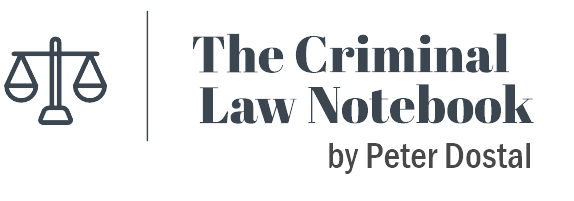Plea Court Tips
Appearance
Tips for Preparing for Plea Court
- Know the charging documents
- Information/Indictment Identifiers: When charges were initially laid, number counts and the information/indictment code numbering.
- Replacement informations: Details regarding the presence of replacement information and the history of the previous informations
- Jordan timeline: date that charges were laid and roughly how much time has passed.
- Presence of the Accused
- Note whether accused was present in the past and whether there is a history of unexcused non-appearance.
- Bail restrictions / Remand history
- Release Status:
- Remand Status: Whether he is held on the informations before the court and/or other charges, or serving a sentence. Whether he is consenting to remand or was denied bail after a bail hearing.
- Crown Election
- Judge will want to know what procedure applies (whether election address is needed, whether designation is needed, whether charges were laid outside time limit)
- Last appearance and developments
- Disclosure History
- Trial time
- Publication Bans
- Does defence counsel have instructions
- Make Notes
- Representations by both counsel and accused of a state of fact or an undertaking to do somethings.
- Comments of judge (e.g. need plea on next appearance)
Appearing on Behalf of Client
- Defence counsel should have “Instructions”
- At an election or plea, the presumption is that there will be an order made by the court: receive a plea or election, set trial or set preliminary inquiry, set an application, or adjourn.
- A designation of counsel should be filed with the court
- Considering “holding” the warrant
- Absence of an accused can result in an arrest warrant. If there are no instruction or designation, the judge may order warrant.
- Consider an “endorsed” warrant
